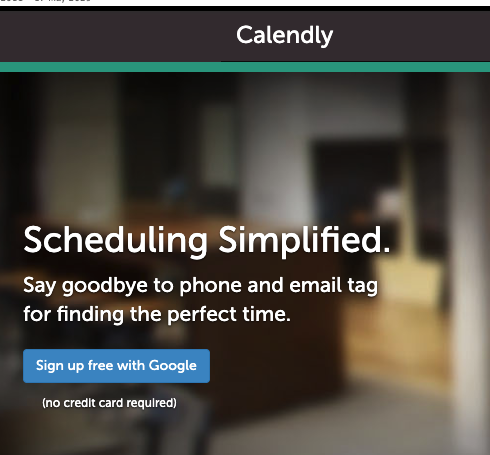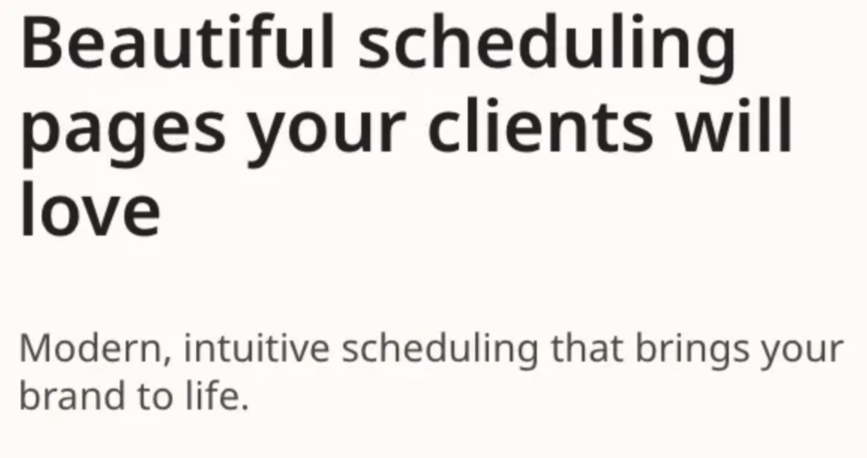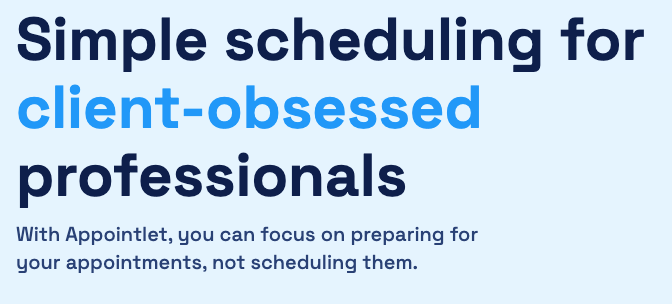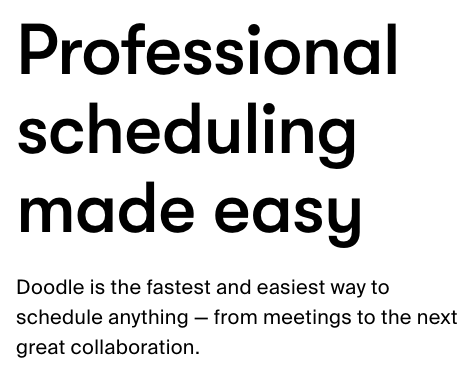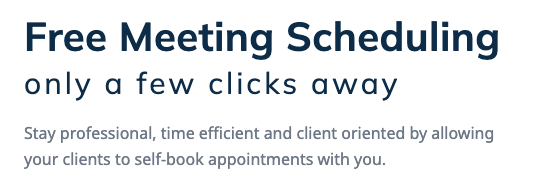From milk to meetings: Lessons in product positioning

2025-05-20 19:56:36 UTC
Parmalat is an Italian dairy company that developed UHT(ultra-high-temperature) processed milk. Under UHT milk, the milk is heated to a very high temperature for 2 to 5 seconds. It kills all bacteria. Then the milk is rapidly cooled. UHT milk can have a long shelf life of 6 to 12 months. Until opened, the carton can be stored at room temperature.
Parmalat entered the US market in the 1990s with UHT milk. Since these milk cartons don't need to be refrigerated, Parmalat places them in the non-refrigerated section of the grocery store to indicate to users that they don't need to be refrigerated.
The result? A marketing flop. Despite expensive ads, PARMALAT was able to capture only 1% of the market share.
Why? People expect milk to be refrigerated, and that belief was hard to shake.
Finally, Parmalat gave up and put their milk in the refrigerated section, even though the milk didn't need to be refrigerated. The result? An uptick in sales.
New products need familiar anchors. People don’t want to “rethink milk.” They just want milk. That’s why, before AI every startup claimed to be the “Uber for X.” Because everyone already gets Uber. It’s fast. It’s simple. It’s familiar.
At Neeto, we are building a lot of products, and our most popular product is NeetoCal. When it came to building a website for NeetoCal, we had a choice to make. Should we emphasize that NeetoCal is a Calendly alternative, or should we state that NeetoCal is a scheduling software? What if the customer is unfamiliar with Calendly? What if people don't know what "scheduling software" is?
Before we answer that question, let's rewind and see how Calendly positioned itself.
When Calendly started in 2013, it had to decide how to introduce itself to the people. They decided to go with the word "scheduling".
Calendly introduced a new category—scheduling software. They owned the term. Today, Calendly is the undisputed leader of that space.
Since then, every competitor followed suit. Here is how some calendly alternatives introduce themselves.
As we can see, all these calendly alternatives describe themselves as "scheduling software".
But here’s the interesting part. When I spoke to therapists, yoga instructors, tutors and many others, none of them said they needed “scheduling software.” Instead, they said:
“It’s hard to find a common time.”
“There’s too much back and forth.”
“I’m drowning in texts and emails.”
Then I asked what they currently use. Either they were using Calendly, or they described their software as a Calendly alternative to make it easier for me to understand.
Those conversations revealed something. Even the people who need scheduling software don’t call it that. But they know Calendly.
Back to the original question. How should NeetoCal position itself? The answer was now obvious — NeetoCal should be positioned as a Calendly alternative. In two words, people get it.
After NeetoCal, the second most popular Neeto product is NeetoRecord. What's NeetoRecord, you ask? It's a loom alternative. And there you go. You've got it in just two words: loom alternative.
This strategy of pitching Neeto products as alternatives has been so successful that we have run with it, and now every single Neeto product is pitched as an alternative. For example, NeetoWireframe is a Balsamiq alternative, and NeetoChat is an Intercom alternative.
A fair criticism of this approach is that we are defining the market very narrowly. Take the example of NeetoPlanner which is pitched as "Asana alternative". People have commented that by pitching NeetoPlanner as "Asana alternative," we are missing out on the people using say Monday.
It’s better to win a narrow market than get lost in a broad one. If NeetoPlanner can’t get traction as an "Asana alternative", it definitely won’t stand out in the ocean of “project management software.”
Big companies can afford to sell to everyone. Startups can’t. Startups need to position sharply, speak clearly, and punch through the noise. And that’s precisely what we’re doing by positioning Neeto products as alternatives.
A big thanks to Anthony Pierri and Robert Kaminski, whose writings and podcast appearances helped me build this point of view.
